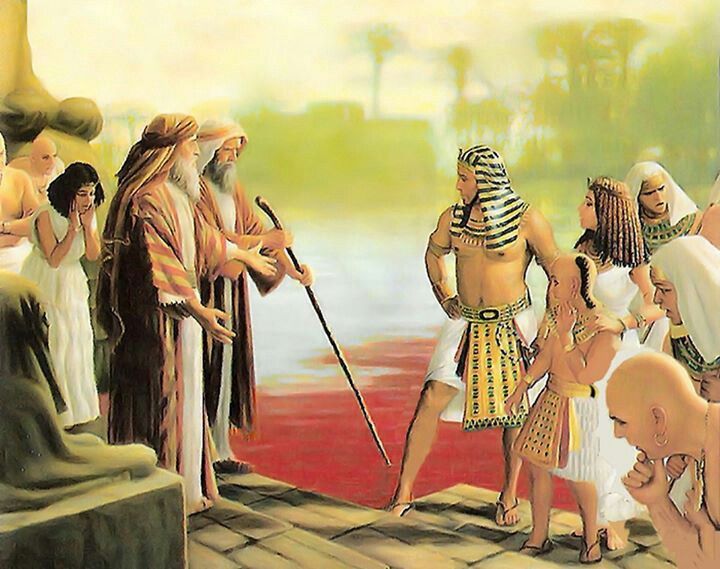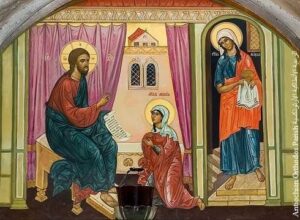Introduction
The Ten Plagues of Egypt are among the most dramatic events recorded in the Bible, illustrating God’s power and His determination to free the Israelites from Egyptian bondage. The first of these plagues, water turning to blood, set the stage for the escalating judgments that followed. This event, described in the Book of Exodus, showcases God’s authority over nature and His commitment to His people.

The First Plague: Water Turning to Blood
The first plague struck at the very heart of Egypt’s sustenance—the Nile River. As detailed in Exodus 7:14-24, God instructed Moses to meet Pharaoh at the Nile and warn him of the impending disaster. When Pharaoh refused to let the Israelites go, Moses, following God’s command, struck the waters of the Nile with his staff, and the water turned into blood.
Biblical Account and Significance
The Nile Turns to Blood
The Nile River was Egypt’s lifeline, providing water for drinking, irrigation, and transportation. When its waters turned to blood, it caused immediate and widespread devastation. Fish died, the river stank, and the water became undrinkable. This plague not only disrupted daily life but also struck at the core of Egypt’s economic and agricultural stability.
Symbolic Meaning
This first plague symbolized a direct attack on the Egyptian gods, particularly Hapi, the god of the Nile. By turning the Nile into blood, God demonstrated His supremacy over the Egyptian deities and highlighted the futility of their worship. It served as a powerful message to Pharaoh and his people about the true power of the God of Israel.
Pharaoh’s Response
Despite the severity of the plague, Pharaoh’s heart remained hardened. He dismissed the miracle, as his magicians replicated the turning of water into blood through their secret arts, albeit on a much smaller scale. This imitation, however, only compounded the problem, as they turned more water sources into blood without reversing the curse on the Nile.

Modern Interpretations and Lessons
Environmental Insights
Some modern interpretations suggest natural explanations for this plague, such as red algae or sediment causing the river to appear blood-red. While interesting, these theories do not diminish the biblical account’s impact or its theological significance. The miraculous nature of the event, as recorded in the Bible, underscores God’s direct intervention in human history.
Spiritual Lessons
The first plague teaches several spiritual lessons. It reminds believers of God’s power and His willingness to act on behalf of His people. It also serves as a warning against the hardness of heart exemplified by Pharaoh. Finally, it encourages faith in God’s promises and His ability to deliver His people from oppression.
Conclusion
The plague of water turning to blood marks the beginning of a series of divine judgments that ultimately led to the liberation of the Israelites from Egyptian slavery. This dramatic event underscores God’s sovereignty and His commitment to justice and deliverance. As we reflect on this biblical account, we are reminded of the power of faith and the importance of recognizing God’s hand in the unfolding of history.








